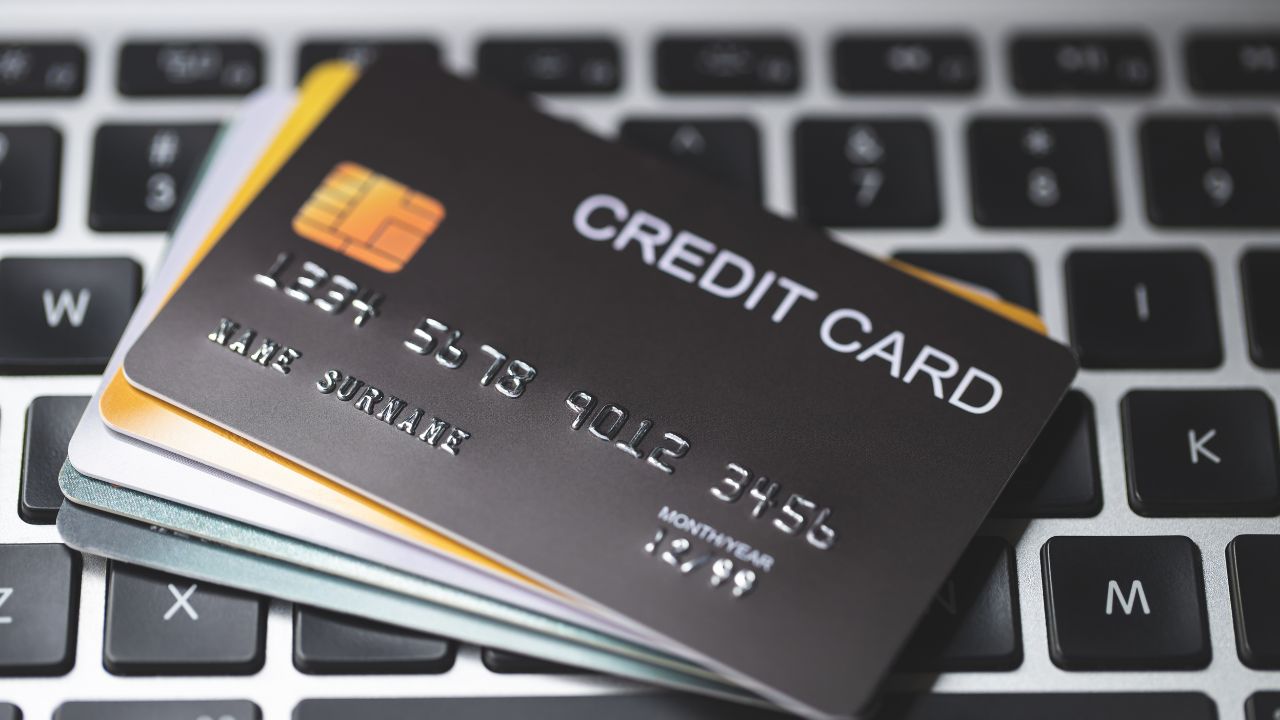4 Simple Rules About Paying Your Line Of Credit

A line of credit is a flexible account to have in your corner during an emergency. You get to choose how much of your limit you draw against and when, and you only pay interest on what you use. If that isn’t enough, you can also choose how to pay off your bill—either in full or through minimum payments.
All this flexibility can teeter into too much flexibility, casting doubt on the best way to handle your line of credit. But don’t worry — this article is here to help. Here are four simple rules about when to pay your line of credit.
1. Due Date Dilemma: Always Pay on Time
Whether you choose to pay your full balance, the minimum, or something in between, you should always send this money by the due date. Late payments not only incur hefty fees, but they may also hurt your credit score.
Having trouble with your budget? Hitting your line of credit’s due date is easier when you check out these tips to pay it off on time. You can also set reminders and automate payments to ensure you never miss a due date.
2. Monthly vs. Minimum: Always Aim Higher

When you pay just the minimum, you allow the majority of your balance to roll over into the next month, where it is subject to interest and finance charges. That means you’ll have to pay more when the next billing cycle comes around.
Financial advisors and lenders alike recommend you pay your full balance whenever possible, and, barring that, as much as you can above and beyond your minimum. While the minimum payment may be tempting, you should consider it as a last resort when your budget is exceedingly tight.
3. Debt Prioritization: Tackle High-Interest Cards First
If you have multiple lines of credit with outstanding balances, it’s important to prioritize which ones to pay off first. Start by focusing on the cards with the highest interest rates.
By paying off the high-interest cards first, you reduce the amount of interest you accumulate over time. Once the high-interest cards are taken care of, you can then allocate more funds toward the remaining balances.
Pro tip: you can’t push all your money towards the highest interest while ignoring your other accounts. Otherwise, you’ll face steep penalties. You need to cover all your minimum payments (at the very least) when focusing most of your debt-paying powers on the highest interest.
4. Emergency Savings: Build a Safety Net
While paying off credit card debt is crucial, it’s equally important to have an emergency fund. Unexpected expenses can arise at any time, and having savings to fall back on can prevent you from relying on your line of credit and accumulating more debt.
Aim to build an emergency fund that covers three to six months’ worth of living expenses before aggressively paying off credit card balances.
Personal Financial Goals: Find Your Balance
So, let’s return to the question at hand: when should you pay off your line of credit? Ideally, all at once by the due date.
If an unexpected expense comes along and ties up your cash, you can fall back on the minimum payment to help stretch your budget.
But ultimately, you should only ever use the minimum in emergencies. Paying your full balance offers the greatest advantages: you’ll pay less in interest and free up your limit for the next emergency.



